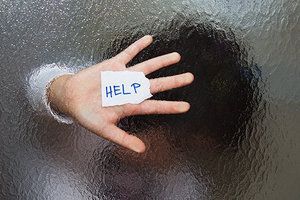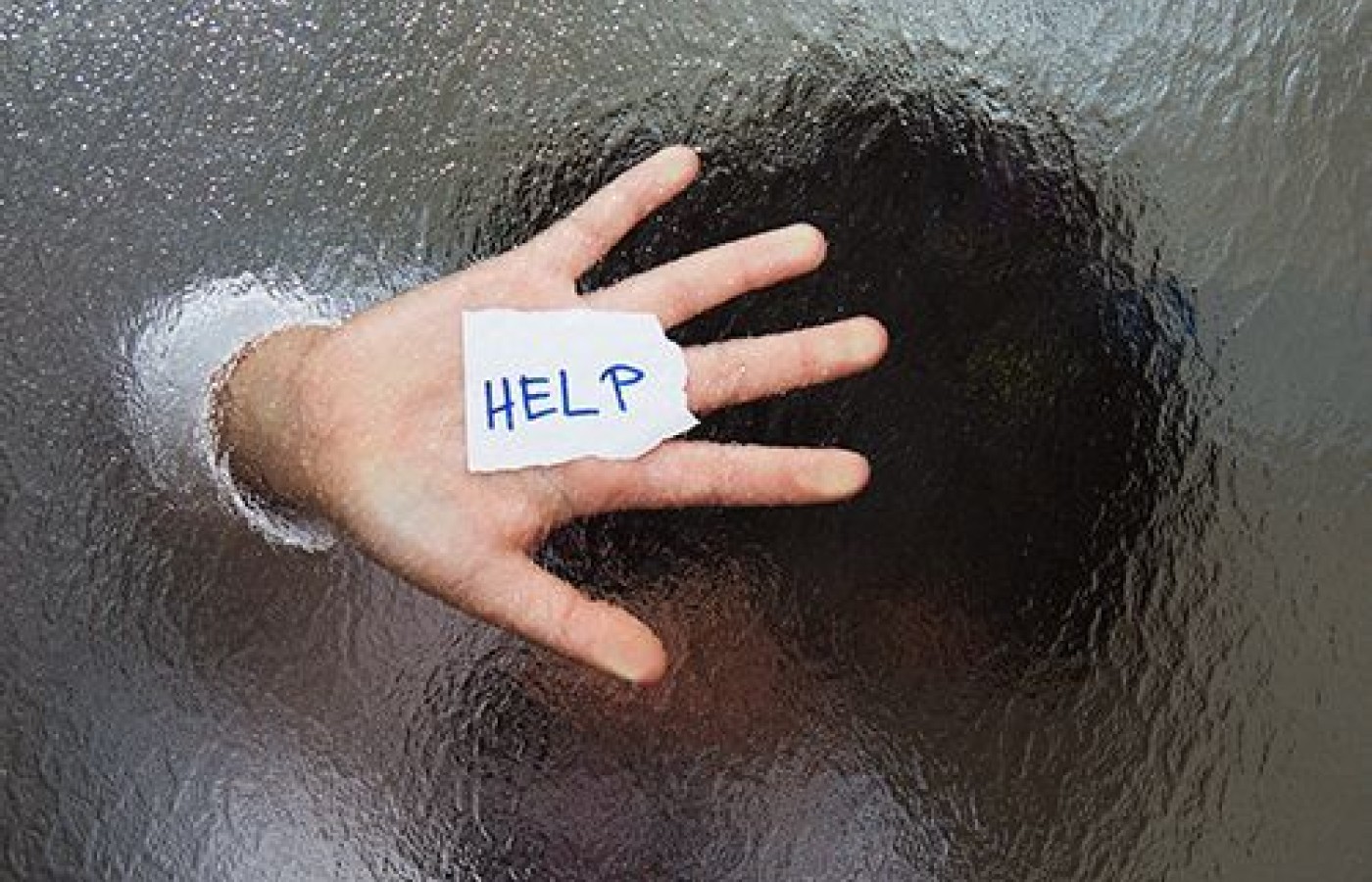Whether you accept it, avoid it or live somewhere in between, insurance coverage has become a defining issue for our profession. Patients increasingly expect to use their benefits, practitioners want to be compensated fairly for their time and expertise, and the system itself remains – at best – fragmented. The encouraging news is that coverage has expanded in meaningful ways. The challenging news is that reimbursement, across the board, remains inadequate.
On Abuse: A Classical Chinese Medicine Context
Abuse from a loved one creates scars that may never heal. This is not something we do to ourselves, but something that is done to us by others, and its effects don't stop just because no one is currently trying to physically or emotionally hurt us.
There's a difficult thing about abuse, and I only offer this controversial and upsetting idea because I have been abused and I see it in myself: Is it sometimes possible that a person is "asking for it?" Of course I don't mean that any infant is ever asking to be injured, or that any woman is fair game for sexual crime because she is attractively or provocatively dressed. Rather, as a person with abuse in my past, one of the painful reverberations in my life has been that I have tended to seek out, or at least to be attracted to, people who turn out to be abusive.
Was I, therefore, "asking for more abuse?" I would say, "Of course not!" and would offer my tears and horror at this recent self-discovery as proof I wasn't consciously looking to be abused. However, there is anecdotal evidence suggesting some sort of correlation.

In my own case, two thoughts present themselves. First of all, I loved my first abuser and looked up to them, no question about it. That's why their hatred and murderous intent hurt me so much, never mind the concussions, stitches and other physical injuries. I never got their love in return, but that doesn't mean they were unlovable. That I might seek people out who in some way remind me of my abuser, so I can finally get what I was denied – love – makes a kind of sense to me. That people who remind me of my abuser might turn out to be abusive themselves also makes a kind of sense to me.
Unconscious Signs of Abuse
On the entirely other hand, though, is the unconscious signs an abused person might display. In my case, and in some others who I have treated, the left shoulder is especially likely to be injured, tense or otherwise held in a "cocked" position. Imagine that someone is about to hit you in the back of the head, and you'll feel this unconscious defensive posture. It could be the other shoulder or some other body part (people who have suffered sexual abuse sometimes have over-developed and slightly turned-in thighs), but our bodies plainly carry residue from past trauma, whether physical, psychological or spiritual. Most energetic medicine is based on this assumption.
So, there I am with my cocked shoulder, going into a group of people. Like a pheromone or other unconscious signal, what if the posture of the abused person is understood by the herd? What if abusers are particularly adept at spotting the signs of past abuse? And what if I am still afraid / angry / ashamed / hurt at a very deep level, and am eager to compensate or maybe overcompensate for my past trauma?
Like a "nerd" playing tackle football with the "jocks," no one has to be at fault – there needn't be an abusive intent – yet we all know the nerd is going down. And if I target the person who reminds me of my abuser, whose love I still long for, it is that much more likely that I'll go down hard.
The Lasting Impact of Abuse in Acupuncture Terms
In acupuncture terms, this shoulder hunching reflex is associated with warding off the wind or other external pathogens, and an attacker certainly qualifies as an external pathogen. Some people who have hypersensitive or even autoimmune conditions turn out to have been previously abused. With no other specific risk factor or clear vector for infection (say, shared needles for HIV), why wouldn't a person with unconscious hyperreactivity to a past abuser carry hyperreactive defenses forward in all realms of their existence, including their "unconscious" immune systems?
Divergent meridian treatment, with confused wei qi as its chief characteristic, is very effective at addressing such situations.
Also effective, but more troubling, is treating the combination of yin and yang Qiao Mai. The yang Qiao Mai addresses weight (obligation, responsibility) that the world puts on your shoulders, while the yin Qiao Mai addresses weight that you put on your own shoulders. Frequently, it happens that the world puts weight on a person and they respond by putting more pressure on themselves ("I thought so – I wasn't working hard enough").
This dynamic can be very effectively addressed by treating yang Qiao Mai primarily and yin Qiao Mai secondarily. However, occasionally it happens (based on various diagnostic criteria), that the yin Qiao Mai is primarily affected and the yang Qiao Mai is secondary. That is, you put too much pressure on yourself and the world responds by putting more pressure on you.
The first time I made this diagnosis, I was apprehensive about explaining the dynamic to my patient, because it sounded like I was saying, "You brought this problem on yourself." To my surprise, she immediately said, "Oh, my God. That's exactly what I've been working on with my therapist for a long time!"
As I recall, my treatment was helpful, which is the most important evidence that there was something to this dynamic for this person. People who are hard on themselves get a lot done, and "if you want to get it done, give it to a busy person"; but being a perfectionist can be a kind of slow suicide, with lots of crashes and burns along the way. Furthermore, where abuse exists it is vital to keep the focus where it belongs – on the abuser and on those who didn't protect against the abuse. So, this yin and yang Qiao Mai diagnosis makes one very uneasy.
However, one of the physical attributes that accompanies yin Qiao Mai dysfunction is that the arms and legs turn in – in other words, the thighs turn in (as has been noted above), and the shoulders hunch (as has been noted above). Maybe these unconscious postural signs read like a red blossom to a hummingbird for abusers.
We have an external influence (the original abuse) causing an internal response (fear / anger / shame / hurt / defensiveness). And this internal response results in an external posture that may act to attract abusers! Makes one wonder about the evolutionary advantage of such an interplay, but in any event, abuse offers a clear window through which to see the impact an external influence can have on the internal workings of a person to such an extent that the internal workings percolate out to become manifest on the exterior of the abused person.
Although this dynamic can be addressed with psychotherapy, medications and other (internal) therapeutic approaches, the act of inserting a needle on the exterior of a body in order to cause an internal effect most directly mirrors the action of the etiology, and so can most accurately anticipate and direct the path of the aftermath of abuse.
A Few Words on Intention and Clinical Application
This was written as a "what it is in a classical Chinese medicine context" piece, not "why it happens" or "how to treat it." It is also specifically meant as a peer-to-peer piece for victims of abuse, to help them more fully understand their situation and some of their possible motivations.
Abuse is an extremely inflammatory topic, and my wonderful editor has pointed out that I have a responsibility and opportunity to put this piece in context. For starters, I am extremely protective of my patients, especially those who have been abused; and as part of the therapeutic process, I take them through direct questions about their personal security and current situation relative to their abuser. I am ready to refer to the police, alternate housing or other institutional supports as necessary, and have done so. I follow my state's rules regarding mandatory reporting, and I encourage you to do so, too.
While it is incredibly valuable to know if a patient has been abused, it is a delicate process and must be handled with sensitivity. I include a box on my initial intake form for "history of abuse," and note when it is checked. However, even then I try to gently lead my patient to a place where they can easily volunteer their story, rather than making them feel badgered or busted.
If I can help someone untangle their knot of abuse with acupuncture, it will be by pointing a direction that they are able to follow through with on their own; helping them find the legs they need to follow through with whatever is appropriate to their unique situation.
For healing's sake, it is vital that the patient find their way in their own way on their own time. Maybe people died. Maybe true spiritual peace has been achieved, but physical pain lingers, and one is mostly interested in their own healing, as was the case in my situation.
Author's Note: My acupuncturist since 2009, Christine Sotmary, LAc, has been quite influential in my thinking about abuse and divergent meridians, and transformational in her healing work. I also read as widely as I can and I study my patients closely. This article is an excerpt of a much longer piece that uses multiple examples from human experience and the physical world to try to make sense of the many therapeutic effects that can be achieved by inserting an acupuncture needle into a living body.



